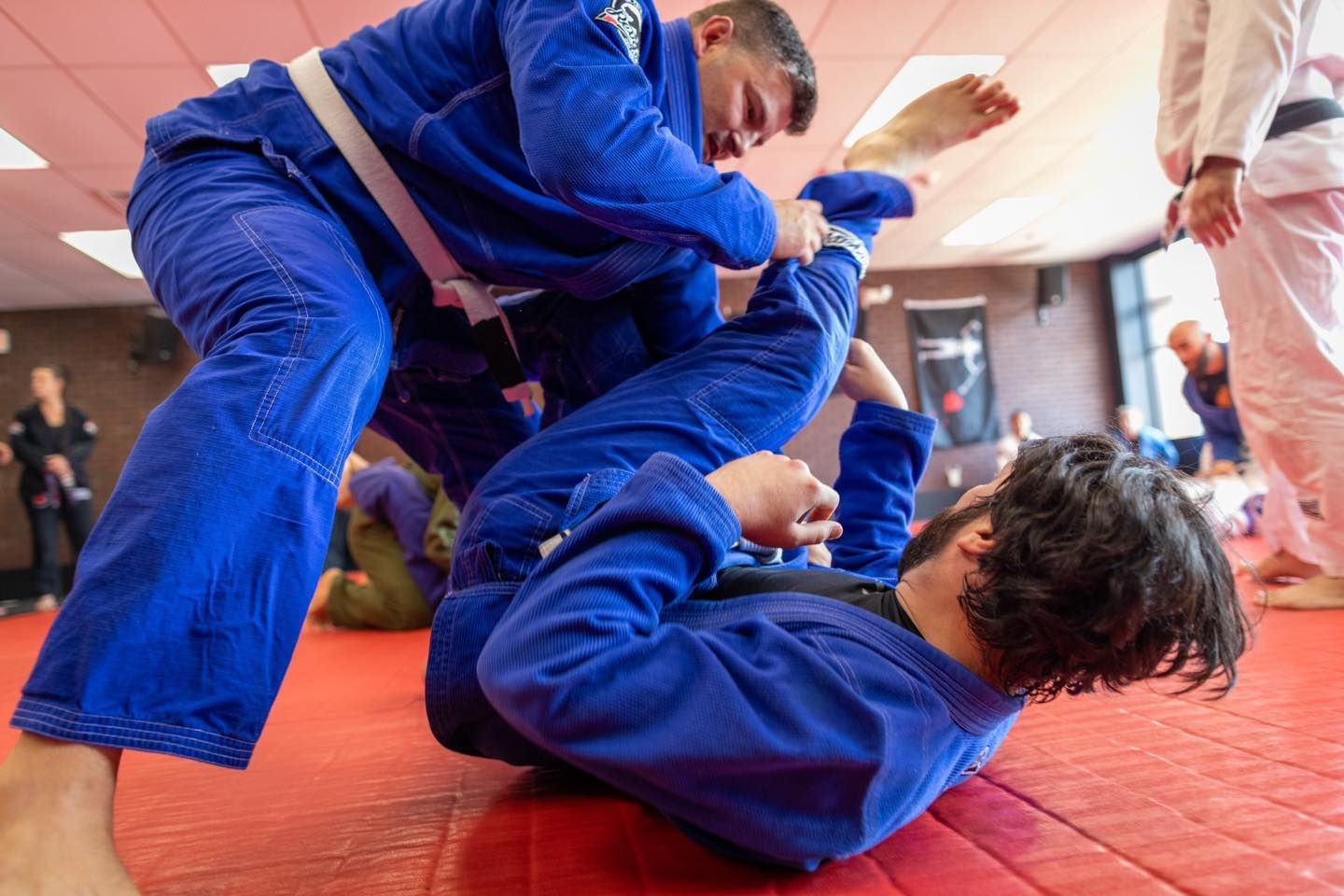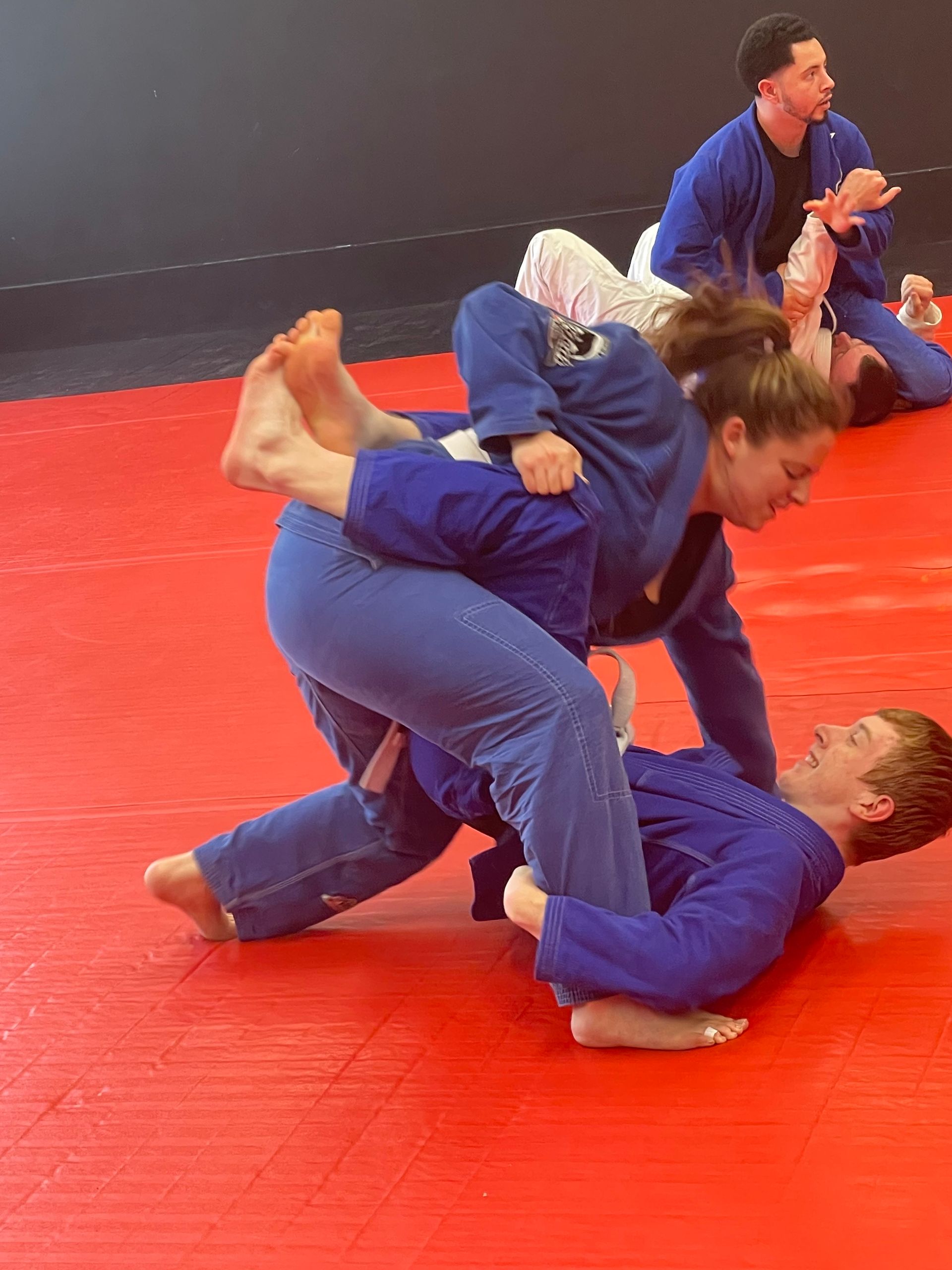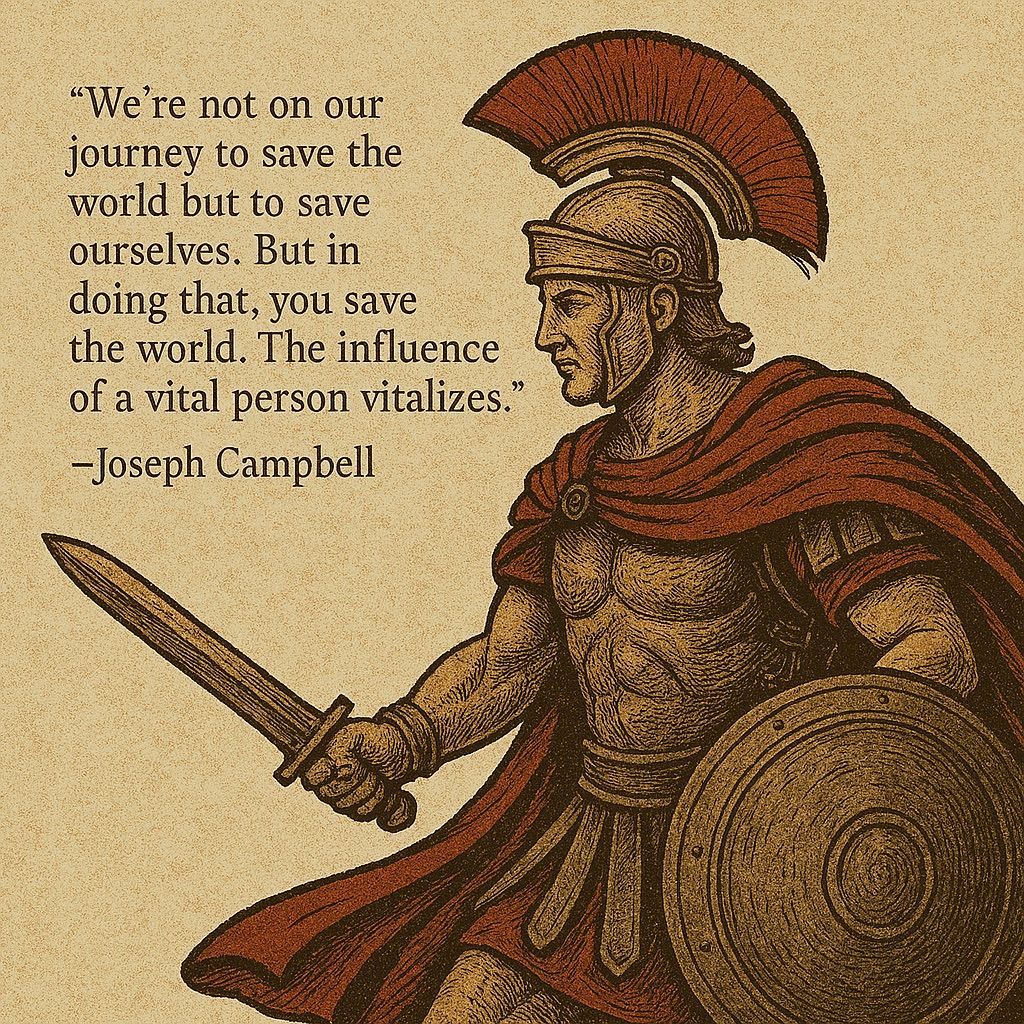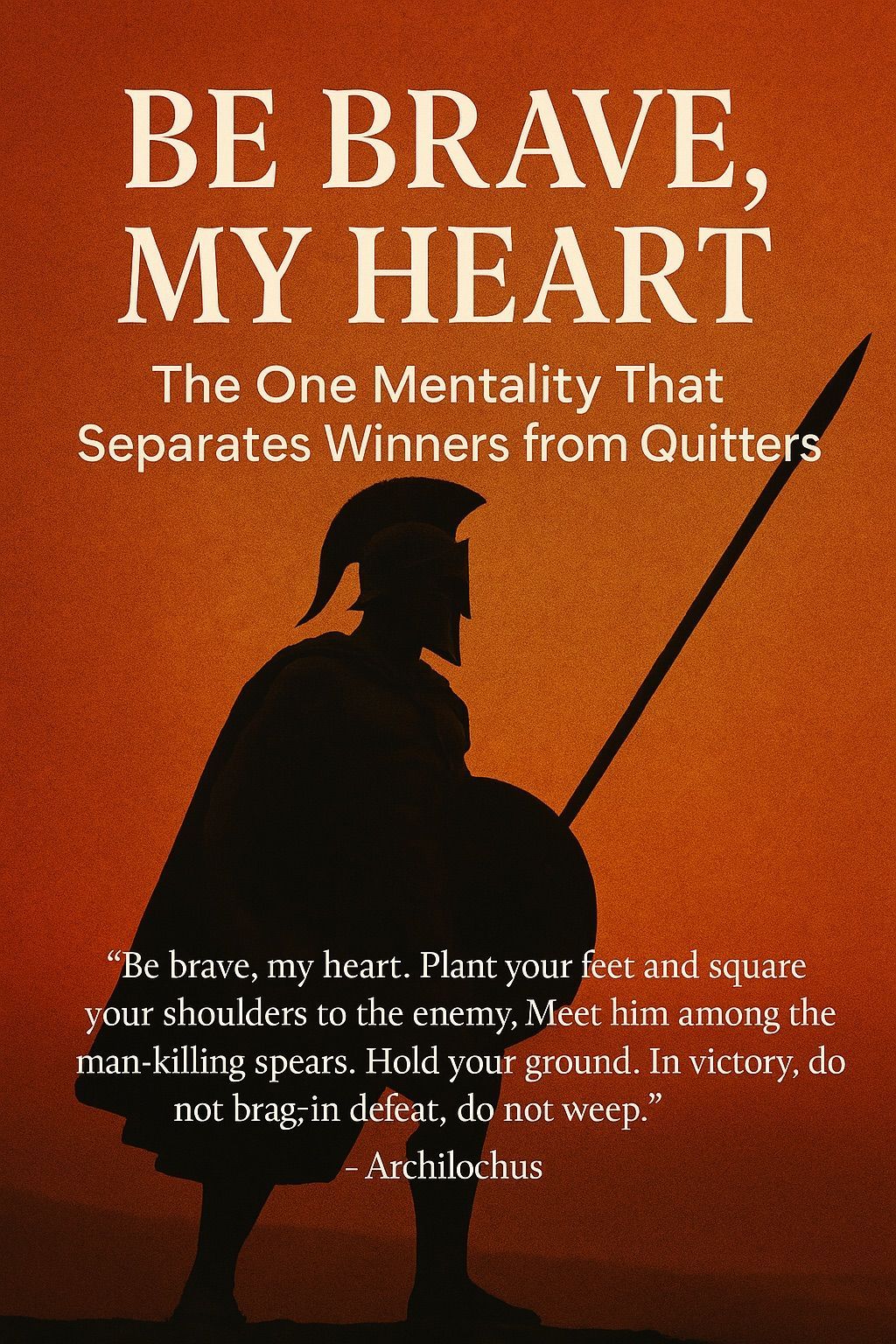Be the Threat: Functional Knife Training with the LaCoste-Inosanto Single Blade Flow
Be the Threat: Functional Knife Training with the LaCoste-Inosanto Single Blade Flow
There’s a moment in every martial artist’s journey where the blade stops being just a weapon—and becomes a teacher.
The blade doesn’t lie. It exposes hesitation. It punishes sloppy footwork. It demands flow, finesse, and intent. And for those of us who train in the Filipino martial arts—particularly in Kali, Eskrima, or Arnis—nothing sharpens your edge quite like the LaCoste-Inosanto Single Blade Flow, specifically through the Palasut drill.
That’s exactly why we released our latest video on YouTube:
LaCoste-Inosanto Single Knife | Kali Palasut Drill Tutorial
Watch now: Filipino Martial Arts Single Knife by Lacoste Inosanto Kali
In this detailed tutorial, we break down the LaCoste-Inosanto Single Blade Flow using the Palasut drill—an essential sequence that teaches you not just how to use a knife, but how to move with one. Whether you’re a beginner stepping into the world of blade work or a seasoned practitioner fine-tuning your entries and traps, this drill is the foundation of functional knife training.
But before we dive into the drill itself, let’s talk about what makes the Palasut such a vital part of your training toolkit—and why knife work, in general, is non-negotiable for the capable man.
Why Every Warrior Should Train with the Blade
In today’s world, danger doesn’t schedule an appointment. You don’t get a 10-minute warm-up before things go sideways in a parking lot, inside your home, or on the street. Violence is quick, messy, and unforgiving.
Training with the knife forces you to deal with that reality.
Unlike unarmed drills, blade training introduces variables that demand immediate response: angles of attack, weapon retention, lethal intent, and improvisational defense. There’s no room for fluff. If you don’t move correctly, you “get cut.” If you don’t create space or find the angle—you bleed.
And when done right, Kali knife training teaches more than just self-defense. It teaches:
- Timing and Distance – You learn to control the fight by mastering range.
- Flow and Awareness – You stay sharp, adaptive, and calm in chaos.
- Entry and Exit Strategies – You develop the ability to attack, trap, and disengage with purpose.
- Respect for the Blade – You don’t glorify violence. You understand the weight of what you’re capable of.
When we say, “Be the Threat,” we’re not talking about intimidation. We’re talking about competence. A man who trains with a blade is dangerous for the right reasons. He protects. He provides. He leads.
The Palasut Drill: Your Gateway to Functional Knife Skill
The Palasut drill comes straight out of the LaCoste-Inosanto system—a blend that represents the best of Filipino martial culture and the modern adaptations of legends like Guro Dan Inosanto, who trained under Grandmaster Leo Gaje, Master Tatang Ilustrisimo, and of course, Grandmaster LaCoste himself.
At first glance, the Palasut might look like a “flow drill.” But don’t be fooled. This isn’t just a pattern to memorize. It’s a blueprint for destruction and a template for survival—a drill that teaches:
- The Palasut drill is a cornerstone of functional knife training within the LaCoste-Inosanto Single Blade Flow.
- Angle Recognition – Understand how to track, read, and respond to angles 1 through 6.
- Line Familiarization – Move along proper lines, not just react to attacks.
- Offensive and Defensive Entries – Learn to intercept, jam, or redirect the incoming blade.
- Trapping and Immobilization – Shut down your opponent’s ability to continue the fight.
- Creating and Exploiting Openings – Force your opponent to expose a vulnerable line and finish the job.
It’s all in the flow. The movement. The mindset. That’s what separates a blade dancer from a blade fighter.
In the YouTube tutorial, we walk you through the fundamentals:
- Where to position your live hand
- How to control the centerline
- When to trap versus disengage
- How to maintain offensive intent without overcommitting
And we go beyond just technique—we talk about the principles behind the movement so you can start applying this knowledge in sparring, self-defense scenarios, and even empty-hand translation.
Translating Knife Work to Empty-Hand Combat
One of the hidden values of blade training is how seamlessly it transitions to unarmed fighting.
The concepts of zoning, trapping, hand immobilization, and redirection are all present in JKD, Muay Thai clinch, boxing infighting, and of course, Brazilian Jiu-Jitsu. The flow you build in the Palasut teaches your nervous system how to find the path of least resistance under pressure.
Think about it:
- The hand trapping in Palasut? That’s your entry into an elbow or shoulder bump.
- The disengagement and re-entry? That’s your hand fighting in a clinch.
- The angles of attack? That’s your jab-cross-hook combo or even limb destruction using guntings.
The knife sharpens all of it. Because if you can flow with a blade in play, everything else feels slower, simpler, and more familiar.
Developing Flow: It’s Not Just for Show
Too often, people mistake drills like Palasut for choreography. And yes—at first—it looks like a dance. But flow is about adaptability, not repetition. You need to be able to adjust mid-movement, change your response, and move off instinct.
Drills like this teach you to stay in motion. To adjust without freezing. To re-attack when your first option fails. That’s real-world readiness.
The goal isn’t just to look good. The goal is to make your body react well under pressure.
How to Train the Palasut Effectively
Here’s how to get the most from the drill:
- Slow is smooth. Smooth is fast.
Don’t rush. Let the technique build your timing and coordination. - Focus on intent, not just pattern.
Know what each motion is supposed to do—cut, trap, jam, or bait. - Switch roles often.
Both partners learn different lessons depending on who’s attacking or defending. - Incorporate live energy.
Once the flow is comfortable, start adding pressure, speed, and resistance. - Record and review your sessions.
Use video to catch bad habits or moments when you lose structure. - Translate to sparring.
Take the ideas and try them in controlled knife sparring, or apply the trapping in clinch and pad work.
What You’ll Gain from This Drill
Training the Palasut drill regularly will:
- Improve your coordination and hand speed
- Teach you to read attacks from multiple angles
- Help you develop economy of motion
- Sharpen your ability to deal with chaos
- Give you confidence in close-quarters situations
But more importantly—it gives you a layered approach to self-protection. You’re no longer relying on brute strength or random technique. You’re developing a system. A method. A strategy.
Final Thoughts: Earn Your Edge
Let’s get real. Anyone can buy a knife. Carrying one doesn’t make you dangerous. Knowing how to use one responsibly—how to control it, retain it, and fight with it—that’s what makes you lethal for the right reasons.
At Integrated Martial Athletics, and in the systems we teach—Kali, Jeet Kune Do, Muay Thai, BJJ—we believe in rebuilding the capable man through discipline, training, and community.
The Palasut drill is just one small piece of that puzzle—but it’s an important one.
So if you’re ready to level up your knife defense skills…
If you’re done being a passive observer in your own life…
If you want to sharpen not just your blade skills, but your mindset…
It’s time to train.
Click the link, watch the video, and get started:
Filipino Martial Arts Single Knife by Lacoste Inosanto Kali
And if you’re in the area—come train with us in person. Learn the flow. Feel the pressure. Become the weapon.








